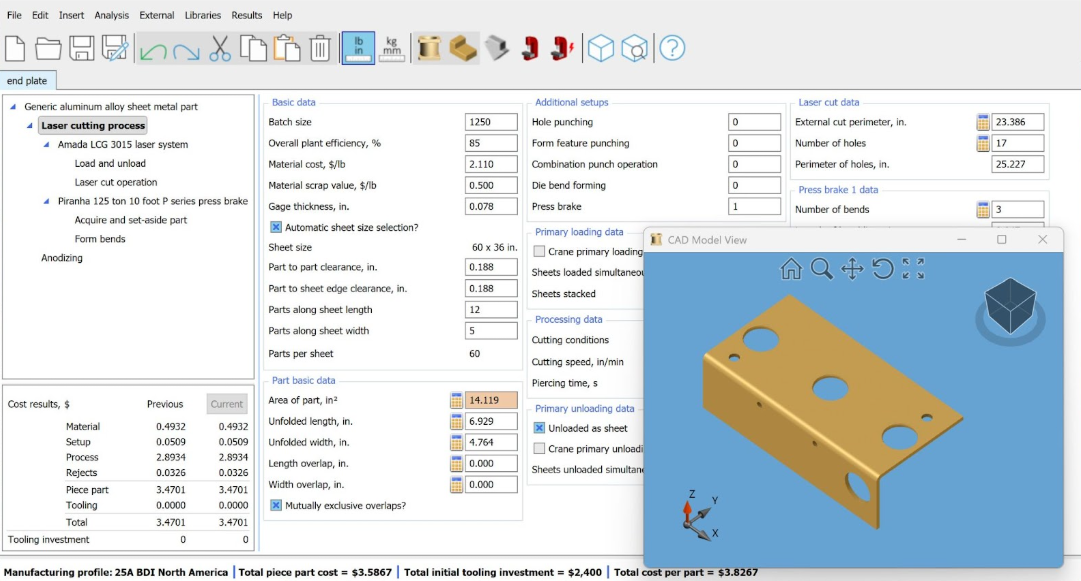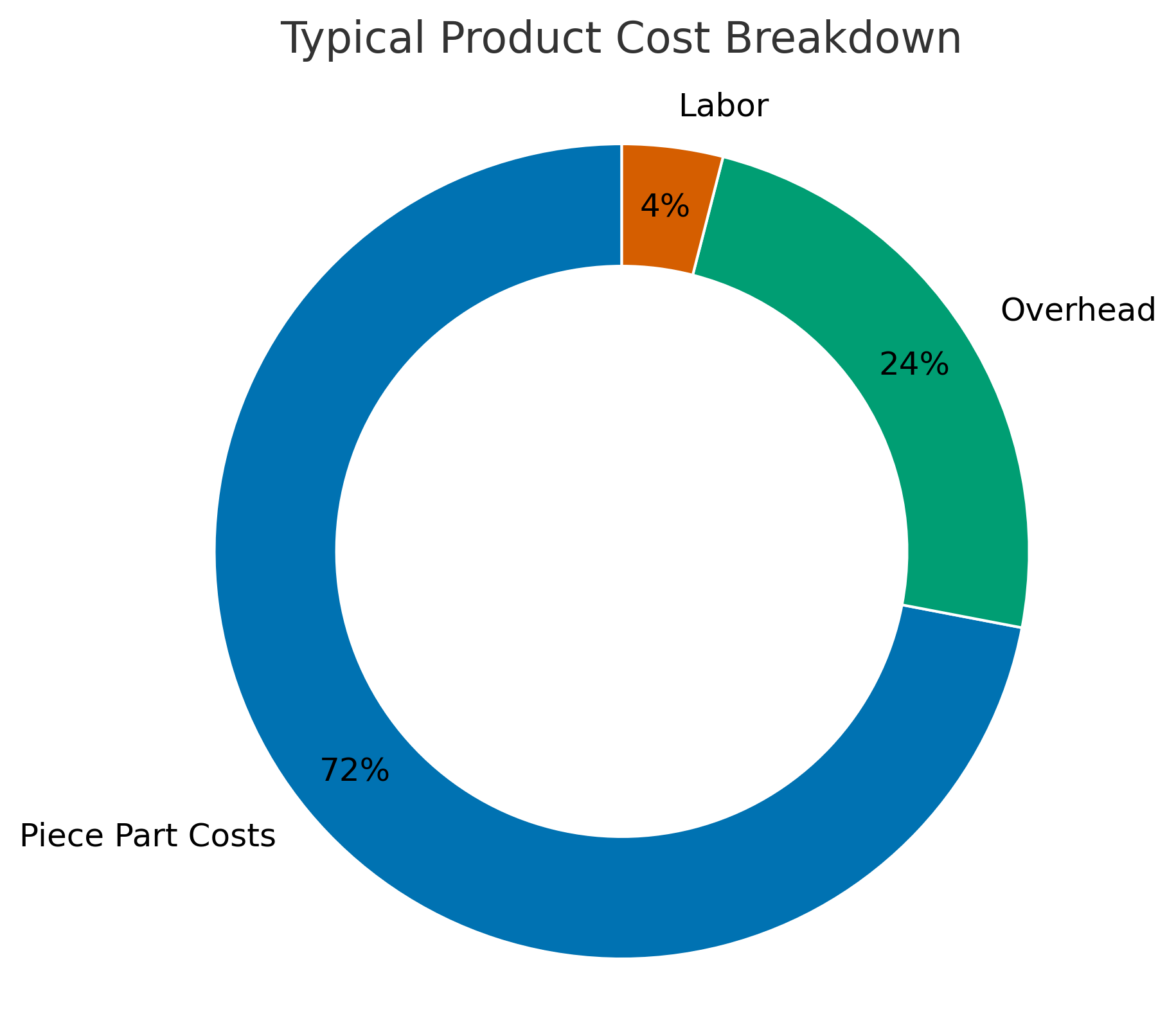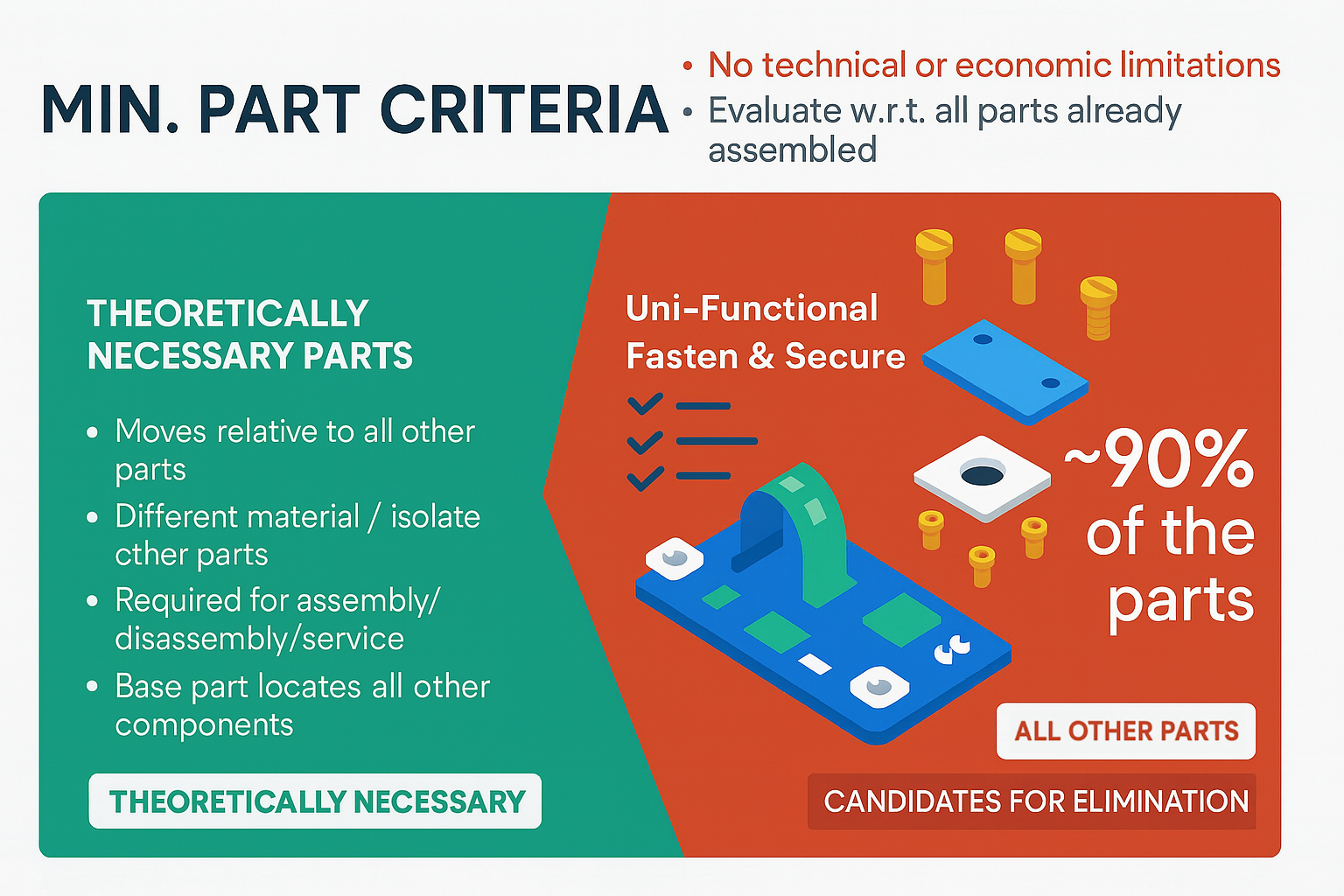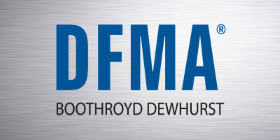Should Cost Software
Should Costing You Can Count On
DFMA Should Costing is a powerful tool you can use to confidently negotiate part costs with suppliers, using real-world, accurate data that makes sense to you and your suppliers.
Reduce costs on manufactured parts.
Are you getting the best price from your part supplier?
What if you could determine what your supplier should be charging, based on true manufacturing costs?
What if the tool you were using gave you what no other tool can:
- A massive database of manufacturing labor, materials, methods, and machinery costs, built via decades of research, and continually optimized by experts
- Transparent access to the database so you can easily enter “what if” information yourself, such as:
- What if the region of manufacture changed?
- What if material prices went up or down by X%?
- What if the supplier used a different machine?
- What if we used a different material?
- What if we used different sheet sizes for sheet metal parts?
- What impact does the percentage of regrind have on the cost of my injection-molded parts?
- What if labor rates increase or decrease by X%?
Everything you need to calculate real-world manufacturing costs is in DFMA software, accessible to you, including the ability to access the underlying database to adjust inputs to immediately see the effect changes have on the resultant costs. If you’d like to see a demo of how this works, contact us.
What you can expect
This is the process and outcome of a supplier negotiation for a plastic clip assembly, using DFMA Should Costing. The supplier quoted $3.04 to produce the part.
The DFMA Should Costing analysis revealed the true manufacturing cost, enabling a fact-based reduction. The company saved $361,000 annually on this assembly and many customers report savings in the millions using DFMA.
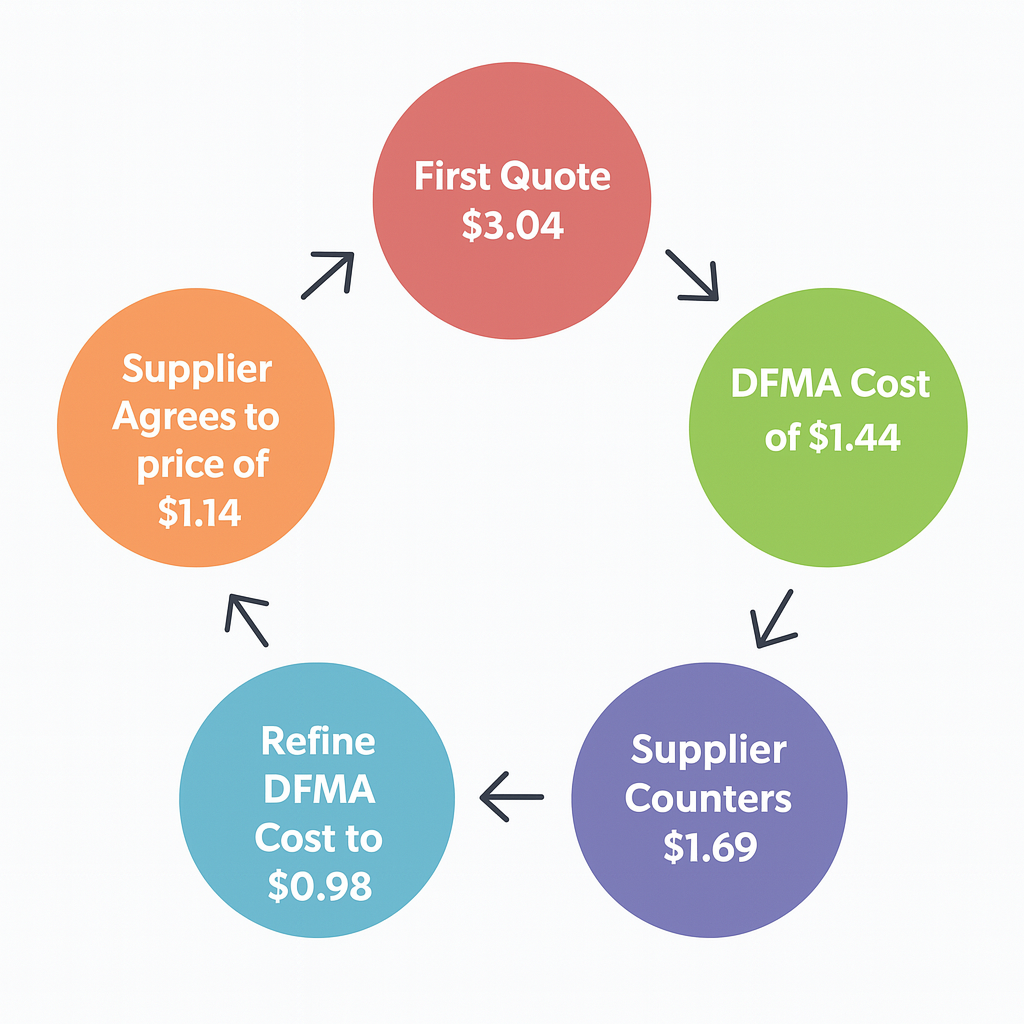
DFMA Should Costing provides a data-driven foundation for negotiations, ensuring that cost targets are realistic, achievable, and fair to all parties.
Negotiating with Suppliers Using DFMA Should Costing
Generate precise cost estimates in real-time and focus on the true drivers of cost to assess whether a supplier’s quote is justified. The software translates complex cost data into a format suppliers readily understand, fostering a transparent and fair supplier-costing process.
Key Components of DFMA Should Costing
- Independent Cost Estimation: Creates an unbiased estimate of manufacturing cost based on current data and industry standards.
- Cost Driver Identification: Pinpoints the primary factors influencing manufacturing costs—materials, labor, overhead, and more.
- Supplier Collaboration: Facilitates open discussions with suppliers to understand their cost structures and identify savings opportunities.
- Data-Driven Negotiations: Replaces arbitrary targets with accurate cost data that both parties can validate.
- Continuous Monitoring: Regularly reviews and updates cost estimates to reflect changes in process or market conditions.
Benefits of Implementing Should Costing
- Cost Reduction: Achieve significant savings by negotiating prices based on true manufacturing costs.
- Improved Supplier Relationships: Build partnerships grounded in transparency and mutual understanding.
- Enhanced Negotiation Power: Equip teams with accurate data to drive more effective negotiations.
- Increased Profit Margins: Lower product and part costs to boost profitability.
- Supply-Chain Resilience: Keep suppliers competitive and financially stable through fair pricing.
Why Realistic Manufacturing Costs Are So Important
Companies often set cost-reduction targets and then expect suppliers to meet these reductions—without a comprehensive analysis of the underlying manufacturing costs. These arbitrary price cuts can undermine supplier relationships while leaving potential savings untapped. Unrealistic price demands can strain relationships and potentially drive cost-competitive suppliers out of business.
A more effective strategy compares supplier price quotes against independent estimates of true manufacturing costs. This fosters informed, data-driven discussions in which both parties can agree on a fair price.
The Important Difference Between Historical Price and Current Cost Information
A common pitfall in cost estimation is the reliance on historical price data. Historical pricing does not accurately reflect the current cost structure faced by suppliers when manufacturing new parts. This discrepancy can misguide negotiation efforts by focusing on areas with limited savings potential while overlooking opportunities inherent in inflated supplier charges.
DFMA Should Costing eliminates the influence of historical prices by presenting the true cost of manufacturing a particular part. You can then use this information to identify genuine opportunities for cost reduction while fostering fairer, more sustainable supplier relationships. Cost targets become realistic and achievable.
DFMA Should Costing Real-World Components
DFMA Should Costing breaks down the cost of a part into process & setup, material, and tooling components, each calculated with rigorous detail.
Complete Process and Setup Costs
These costs are based on the hourly charge-out rates for a typical supplier—essentially modelling the scenario in which your company rents a machine and operator for the time needed to produce its parts. The analysis includes:
- Machine depreciation
- Energy and consumables
- Floor-space allocation
- Selling, general, and administrative overhead
- Fully burdened labour for operators and maintenance personnel
- Supplier profit for running the operation
Material Cost
A should-cost estimate uses fully burdened material cost per unit weight. DFMA models the supplier as an intermediary purchasing raw material, then selling that material to you in the form of finished parts. The material cost component includes:
- The base purchase price of the material
- Delivery to the supplier
- Administrative tracking within the facility
- Profit to compensate the supplier for buying, handling, and selling the material
Tooling Cost
Tooling costs are estimated from tool-supplier charge-out rates, which capture machine, consumable, and toolmaker labour costs—including profit. The model assumes your company rents equipment, purchases supplies, and hires a toolmaker for the time required to produce dedicated tooling.
Supplier Profit
The simplest way to account for supplier profit is a flat percentage of total manufacturing cost, but this approach ignores the varying levels of value-added labour across parts. Instead, DFMA advocates a more nuanced method—applying separate profit margins to each cost component. For example, you might apply:
- Higher margins to setup and processing (reflecting labour and capital intensity)
- Lower margins to material (reflecting pass-through costs)
- Adjusted margins for dedicated tooling to reflect low production volumes
This ensures fairer cost distribution, aligns supplier compensation with true value added, and prevents overpayment for parts with minimal value-added processes.
Implementing Should Costing in Your Organization
Adopting DFMA Should Costing requires a strategic commitment to data accuracy, cross-functional collaboration, and continuous improvement. Recommended best practices include:
- Establish a cross-functional team—involve procurement, engineering, finance, and manufacturing to ensure all perspectives are covered.
- Invest in advanced costing tools—leverage software such as DFMA Should Costing for accurate, real-time estimates.
- Develop detailed cost models—break down each part’s cost structure to compare quotes and pinpoint savings.
- Train your team—ensure stakeholders understand should-cost methodologies and tools.
- Foster transparent supplier relationships—promote open communication and data sharing.
- Monitor and adjust—continually track performance and refine strategies as markets and processes evolve.
DFMA Should Costing empowers organizations to achieve meaningful cost reductions by basing negotiations on an accurate understanding of true manufacturing costs. The resulting gains—significant savings, improved margins, stronger supplier relationships, and greater supply-chain stability—make Should Costing an essential practice for any company striving for long-term competitiveness in today’s dynamic market.
Ready to optimize your should costing process with DFMA? Contact us!




